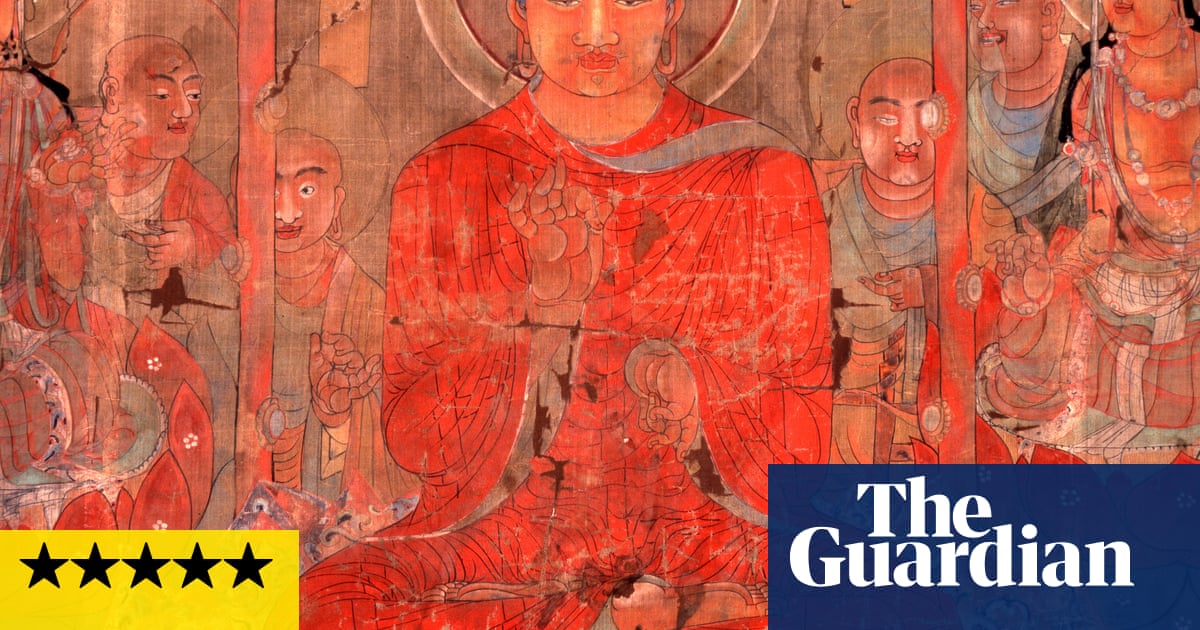
"The stunning transformation of Indian art 2,000 years ago, initially led by Buddhists, showcases the incredible portrayal of the human body and soul."
"This exhibition offers a passionate narrative about the vitality of Buddhism, Hinduism, and Jainism over time, steering clear of stylistic minutiae."
Around 2,000 years ago, Indian art experienced a remarkable evolution primarily driven by Buddhist influences that shifted focus to lifelike representations of the human figure. This is exemplified in the intricate compositions seen in reliefs from the Great Stupa of Amaravati, showcasing harmonious crowd scenes and intricately rendered figures. The exhibition captures the essence of the three major ancient Indian religionsâHinduism, Jainism, and Buddhismâhighlighting their enduring artistic contributions and vital cultural interconnections rather than delving into precise stylistic or historical changes.
Read at www.theguardian.com
Unable to calculate read time
Collection
[
|
...
]